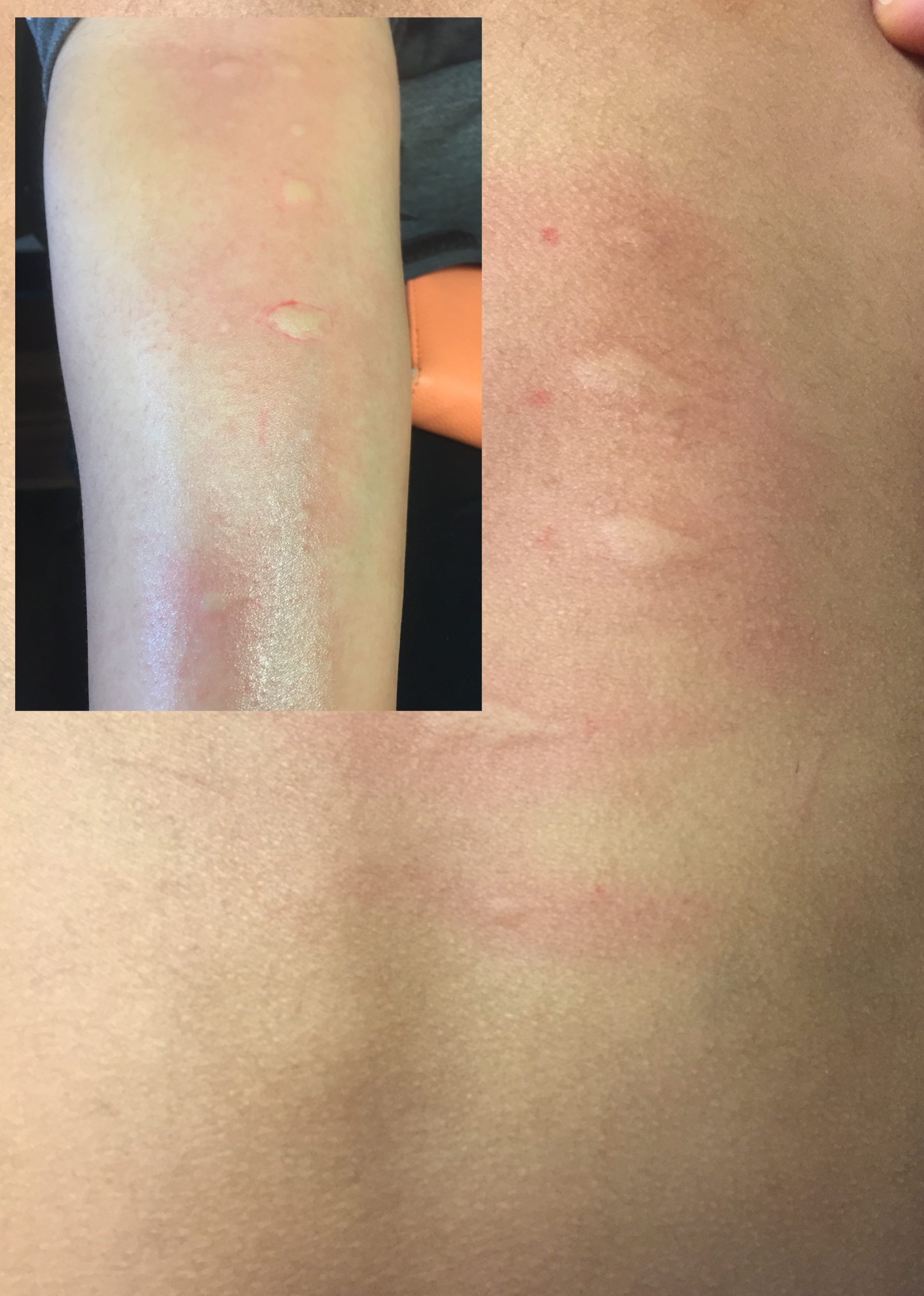Allergy testing FAQ.
What can you test for?
- Environmental allergies: dust mites, molds (indoor and outdoor), animals (dogs, cats), pollens (trees, grasses, weeds) and pests (cockroaches).
- Food allergies: milk, egg, soy, wheat, peanuts, tree nuts, seeds, fish, shellfish and more.
- Contact allergens: nickel (jewelry), fragrance, hair dye.
- Medications: penicillin, amoxicillin.
What types of tests are available?
- Skin testing:

Prick/puncture: A drop of allergen (I.e. peanut or pollen) is applied using a small, disposable plastic device to prick the surface of your skin. The test may be applied to the forearm or back. The area is observed for about 15 minutes to see if a reaction develops. The “wheal”—a raised, red, itchy bump and surrounding “flare”—indicates the presence of the allergy antibody. The larger the wheal and flare, the greater the sensitivity.
The prick/puncture is a quick and easy method to accurately determine allergies.
- Blood testing.
- Oral food challenge.
- Patch testing:
Patch testing to find the allergen responsible for contact dermatitis. A patch containing a wide variety of substances (I.e. metals, fragrances, medications) is applied to the back. The patch is kept in place (and dry) for 48 hours before it is removed and interpreted.